How to Trade in ‘Pokémon Go’
Two years after the release of Pokémon Go, the game finally has one of the features fans have been waiting for since the beginning — the ability to trade Pokémon with friends. Trading has been part of the Pokémon games since the first was released in 1995, but it has been sorely lacking in Pokémon Go. The game now supports a whole new “Friends” mechanic that allows you to link up with other players, and trading is a part of it.
How to trade in Pokémon Go
Unfortunately, you can’t just hop into Pokémon Go and immediately start trading. Like most features in the app, it’s going to require some time and effort on the player’s part. Here’s everything you need to do before you can start trading Pokémon with friends.
1. Make friends
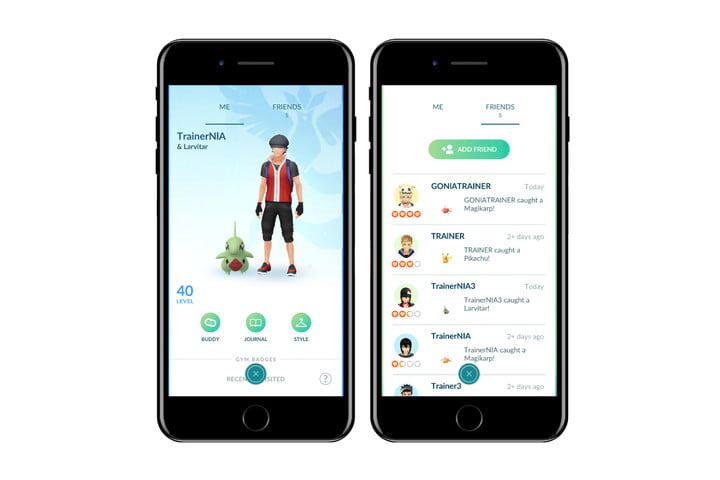
The first step in trading is finding friends in Pokémon Go. To do that, you’ll need to find the screen in the game that lets you enter a Trainer Code for another player, and displays yours. The 12-digit code is located under the Friends tab when you tap on your trainer’s portrait in the bottom-left corner of the screen. Under Friends, tap Add Friend to bring up the screen with the code.
From there, you can either send your code to other people or enter one of their codes. When someone adds you to their Friends list, you’ll get a notification. Accept the request, and you’re done. Now you’re linked to that other trainer and can see what they’re doing in the game.
2. Increase friendship
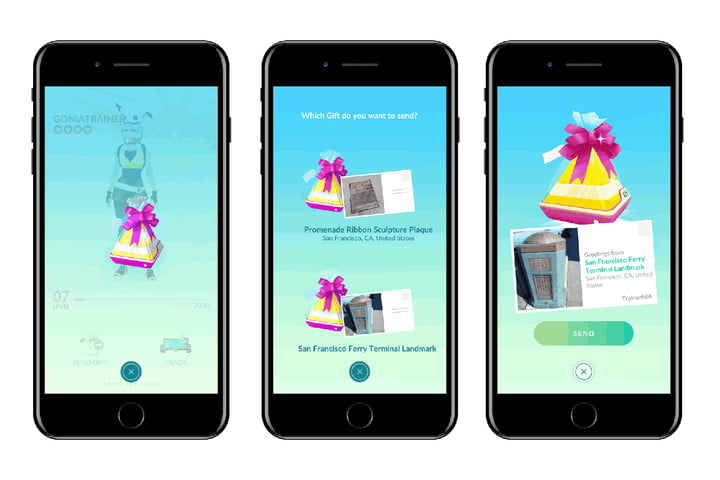
Now that you’ve made some friends, you need to increase your “level” of friendship with them. You can do that in three ways: Trading together, playing raids and gym battles together, and giving gifts. Gifts are items that sometimes appear randomly when you spin a Pokestop out in the world. They’re not objects you can keep or use, but you can give them to someone on your Friends list. Giving and receiving gifts increases your friendship with that person through four different stages: Good Friend, Great Friend, Ultra Friend, and Best Friend.
The good news is that, despite all these levels of friendship, you only need to be Good Friends with someone to start trading Pokémon. It only takes one gift passed between friends to make you Good Friends, and once that happens, you’re only barred from trading “Mythical” Pokémon such as Mew.
4. Save your Stardust
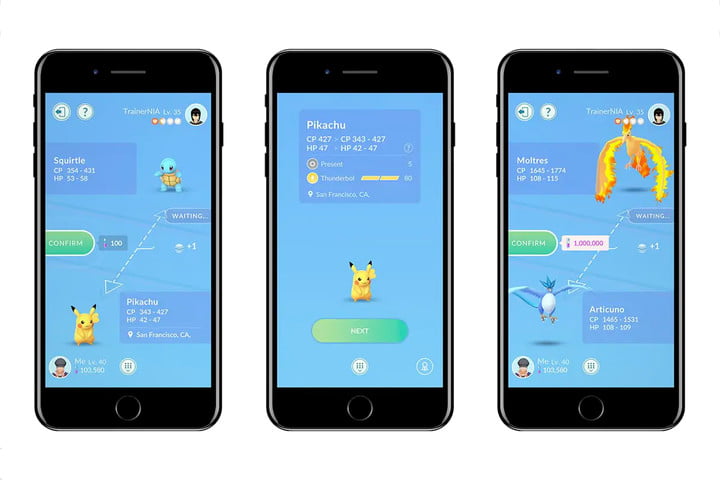
Trading isn’t free. It’ll cost you Stardust, that currency you earn for completing raids, catching Pokémon, winning gym battles and the like. The cost is variable, depending on your friendship level with the person you’re trading with, and the kind of Pokémon you want to trade.
A Pokémon you already have in your Pokédex costs the least (100 Stardust); Pokémon you haven’t caught before, Shiny Pokémon and Legendary Pokémon can cost more (in some cases, much, much more), and have their own special requirements.
The incentive to increase your level of friendship with other people is that it greatly reduces your Stardust costs for trading (as well as other benefits when raiding and battling gyms together). It can also hugely reduce the costs of certain trades with friends, so put the time in and send those gifts to bring up your Friendship level if you mean to be trading the best Pokémon .
5. Trade
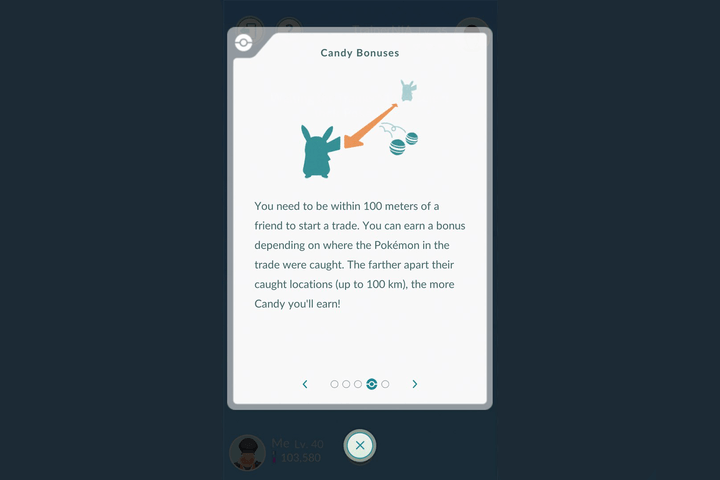
You can add any other Pokémon Go trainer to your Friend list from anywhere in the world, provided you have their code. While you can send them gifts from wherever you are, to actually trade with them, you have to be physically close together — the same as when you raid or battle a gym together.
In order to initiate a trade when you’re physically near a friend (within 100 meters, according to Niantic), open the Friend tab and select the person you want to trade with. Hit the “Trade” button in the bottom-right corner, then wait for the other person to connect.
Pull up your Pokémon and pick what you want to trade, and Pokémon Go will tell you what it’ll cost you. You’ll also see a CP range of the Pokémon will change when the trade goes through. The range is affected by your trainer level and the level of whoever you’re trading with — so if they’re a higher level than you, their super-strong Pokémon will probably get their CP lowered — as well as your Friendship level with that person. When you finish the trade, your new Pokémon gets a new, random CP level from within the range.
You’ll also get something for trading other than a new Pokémon — candies. How many candies you receive from a trade is determined by where the Pokémon being traded were caught. The further away you are from wherever the Pokémon was nabbed, up to 100 kilometers, the more candies the trade will dish out.
How to maximize reward and reduce trading cost
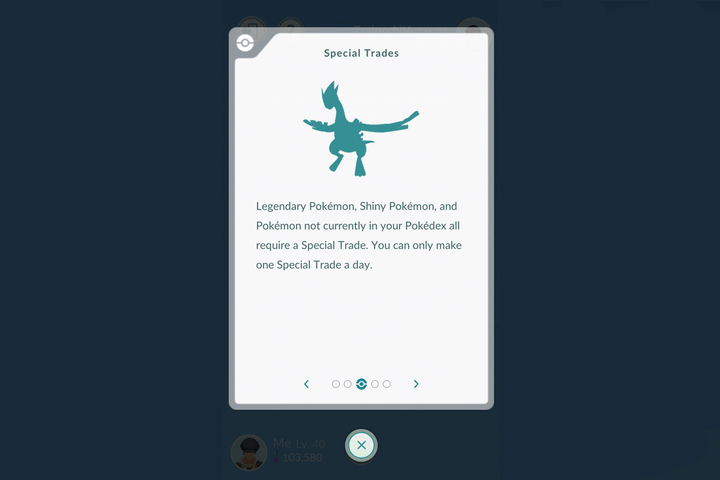
The trades most likely to matter to players are Special trades. These are trades in which you receive a Pokémon that’s not already in your Pokédex, or a Legendary Pokémon like a Moltres or Zapdos. Special trades are much more expensive than regular trades, and what’s more, you can only do them once a day — so plan accordingly.
Special trades don’t take anything special to make them happen, but they will cost you in Stardust. In Niantic’s example trade, two players at the Good Friends level trying to trade two Legendary Pokémon, a Zapdos for an Articuno, would need to pony up 1 million Stardust to make the trade happen. Frankly, that’s ridiculous, and it’s obviously meant to keep people from trading legendary Pokémon the moment they meet.
You can cut the cost of your Special trades by increasing your Friendship level, with the best option being to build up to the rank of Best Friends before trying to make any particularly costly Special trades. That takes some time and consistent attention, but it’s no easier to earn the insane levels of Stardust you’d otherwise need.




